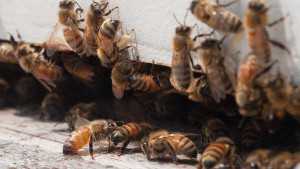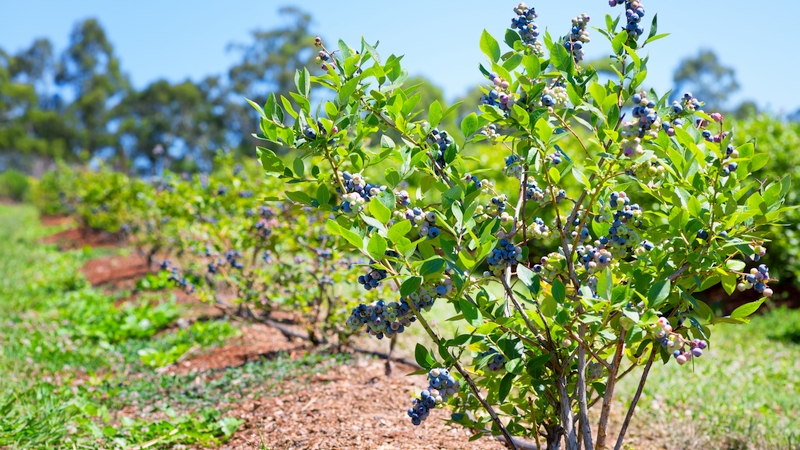Get To The Bottom Of BMPs For Bees

Photo by Lance Cheung
For many years, Florida citrus growers and beekeepers have enjoyed a symbiotic working relationship. But recently, that relationship has been challenged as citrus growers have been forced to spray more to control the Asian citrus psyllid — the vector of HLB.
Unfortunately, the increased sprays resulted in a few unintended bee kills. This set off a contentious debate between growers and beekeepers. The Florida Department of Agriculture and Consumer Services (FDACS) stepped in and offered to mediate the discussions between both sides.
FDACS convened a number of public meetings between growers, beekeepers, UF/IFAS, and other stakeholders to develop guidelines to help protect all parties involved from potential harm. Resulting from the meeting were a number of best management practices for both growers and beekeepers with the end goal of protecting the important pollinator. According to FDACS, the guidelines revolve around relationships, communication, and information exchange.
Good Grower Guidelines
Growers who allow apiaries in their grove should have a formal agreement with the beekeeper detailing the responsibilities and liabilities of each party. The agreement should strive to include provisions that address the following:
- Circumstances under which the grower will be free of liability;
- The number of hives placed in the groves;
- How hives will be marked by the beekeeper as required by law and to include any contact information requested by the grower;
- Where hives will be placed so they will not interfere with grove management and to reduce the likelihood of exposure of hives to pesticides;
- The duration of stay for the hives — identify a window during bloom when pesticide exposure is least likely;
- How the grower will provide a list of pesticides products intended to be used while hives are in the grove, upon request;
- How the grower will communicate plans to apply pesticides that may involve relocation of bee hives, upon request;
- Identification of temporary holding areas, if available, where hives may be relocated during pesticide applications;
- The beekeeper’s liability insurance ($1 million is common coverage); and
- The best means to quickly contact one another if urgent issues arise.
Beekeeper Best Practices
Beekeepers should seek formal agreements with growers that includes the same information as listed in the grower recommendations. The FDACS best practices for beekeepers also provide tips to help manage pesticide risks to bees in or near citrus and include the following:
- Stay in touch with the grower — clear and regular communication is the best way to avoid pesticide problems.
- Beekeepers should advise the grower immediately if they observe bee kills or any unusual bee conditions.
- Do not place bees in citrus without a written agreement to do so from the grower.
- When granted permission to keep hives in a grove, do not “sublet” and allow other beekeepers to bring in their hives.
- Do not assume that because you’ve worked with a grower before, you can bring your hives in again without written permission.
- Keep the grower informed of hive locations, status, and concerns, and be willing to remove hives promptly if the need arises.
- Follow regulations to register as a beekeeper with FDACS Division of Plant Industry (DPI).
- Register hive locations with the FDACS-DPI “Bee Locator” online map. Ensure that the information is accurate and kept current.
- Contact Citrus Health Management Area (CHMA) captains to request updates on spray schedules and be sure to confirm application schedules with the individual grower/applicator where your bees will be working.
- Communicate with fellow beekeepers working in your area to share information, facilitate communication with grove operators, encourage adoption of recommendations, facilitate movement of hives, and identify holding locations for temporary foraging.
- Be a good partner with growers — be flexible and work to develop a long-standing relationship.
- Reward growers who work with you — consider financial remuneration or in-kind rewards.
To learn more about all of the guidelines for growers and beekeepers, visit FloridaBeeProtection.org.









